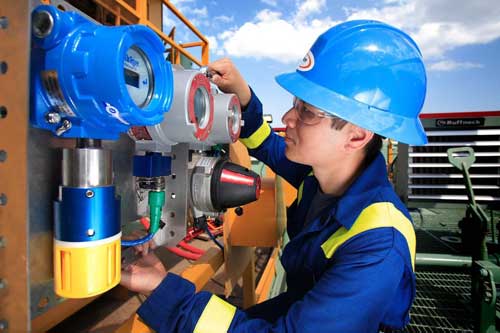Oil-producing industries produce a lot of oil-related waste. This includes oil and other suspended solids. According to Australian water authority policies, pretreatment devices must be installed in order to reduce the number of pollutants in water that is being discharged.
Oil-water separators are often used in commercial and industrial applications to remove hydrocarbons, oils, and grease from wastewater. They can be used to treat wastewater and ensure compliance with discharge standards when properly designed and installed. You can find the best and affordable oil reuse services.

There are many technologies used by oil-water separators, including VGS, coalescing and hydrocyclone. The technology you choose will depend on your business and the amount and intensity of the generated waste. Consider factors such as flow rates, oil concentrations, and performance requirements, as well as whether the technology has been approved by regulatory agencies and water authorities.
You can find coalescing oil separators in many price ranges. They are made with stainless steel or polyethylene. They are easy to install and require little maintenance. They are available in non-emulsifying pumps, controllers, and float switches. Their capacity ranges from 1,000 to 50,000 liters an hour.
Vertical gravity separators are usually made of high-quality stainless steel. They can handle 700 to 3000 liters an hour and have a small size for small footprint applications. They can handle grease and hot oils, such as those from hospitality applications.
/cdn.vox-cdn.com/uploads/chorus_image/image/51867435/Eli_Preferred_Headshot.0.jpeg)